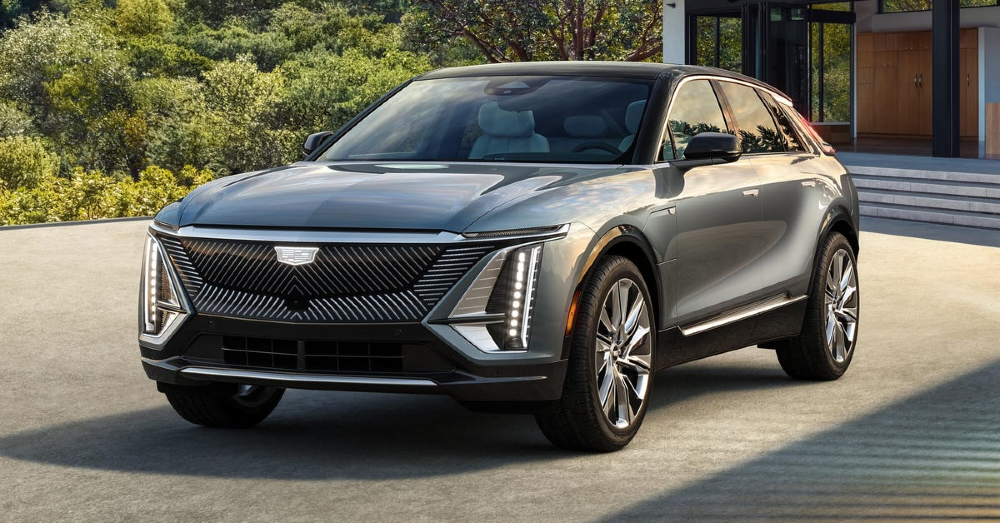
Is the Federal Government Trying to Force EV Sales?
A recent proposal by the EPA could cause more drivers to turn to EVs. Is this a move by the federal government to force increased EV sales?
It wasn’t that long ago that President Biden took office and immediately began the hardest push toward electric vehicle use that we’ve ever seen. In addition to pushing all automakers to sell at least 50% EVs by the end of the decade, he stated the government fleet would be replaced by electric vehicles. This was only the beginning of a big move toward alternative fuel.
How could this new proposal help the environment?
Climate Change is a term tossed around as if we can directly impact the weather and natural events. Although we’re not in a position to reverse hurricanes or tornadoes, fewer harmful emissions expelled into the atmosphere can certainly reduce the amount of greenhouse gasses expelled. This new EPA proposal could reduce carbon emissions by 10 billion tons by 2055. For those not interested in improving air quality, this new proposal is expected to save consumers up to $12,000 over the lifetime of their vehicles. While this might be true, it’s possible something is a little off.
What model years will this new proposal impact?
The new EPA proposal will impact car model years 2027 through 2032. If passed into law, it would require automakers to change all vehicles to expel fewer harmful emissions into the atmosphere. While Republicans see this change as nothing more than the current federal government administration trying to force EV sales increases, there could be a lot more to this proposal than meets the eye. Could This new proposal have some serious negative effects on the current auto market?
Will fuel prices increase when this new proposal takes effect?
In addition to the emissions reduction, the current administration projects this new change could also reduce oil imports by 20 billion barrels. If the United States could become entirely self-sufficient when it comes to oil, prices of gasoline might not increase. That said, as EV sales increase, the use of gasoline will decline, which could increase prices. Of course, a greater change could be on the horizon.
Will gas-powered vehicles become as expensive as EVs? This is what many opposed to this new EPA proposal fear. If tailpipe emissions are stricter, gas-powered cars could become more expensive and create a world in which EVs are more affordable than traditional vehicles.
What are the sales projections based on this new proposal?
Some point to the numbers as evidence of the federal government attempting to force EV sales increases. Some projections show that as many as 67% of all new vehicle sales could be electric vehicles by 2032. Additionally, up to 50% o busses and garbage trucks, 35% of short-haul freight tractors, and 25% of long-haul freight tractors could be all-electric by this time. Certainly, this increase in EVs on the road would mean far fewer carbon emissions in the atmosphere, but are we ready for such a change?
How many electric vehicle chargers are available?
Rather than dive into the finger-pointing offered by some opposed to this new EPA proposal, let’s ponder a different question. The original goal number of public electric charging stations was 500,000. We’ve seen evidence that this number needs to be doubled to support the expected growth of EVs. Add another 17% to the original 50% number that we’re expected to achieve by 2030, and you might have a recipe for disaster. Although many EV owners will likely charge their cars at home, public chargers are necessary.
As automakers focus on increasing driving ranges and offering new EV models, the federal government must increase the number of public chargers to support American driving habits. Could the change to EVs create a world in which we no longer take road trips across this great nation? Let’s hope not.
A little more information
Something to note about the proposed EPA changes is that the proposal doesn’t require automakers to transition to EVs but to make gas engines more environmentally friendly. If automakers want to continue to produce gas-powered vehicles, the engines need to expel far fewer harmful emissions into the atmosphere. While this might be asking too much, it leaves the door open for discovery and development.
Will this new EPA proposal be a way that the federal government is forcing increased EV sales, or will we see cleaner-burning gas-powered engines for our future vehicles? Most likely, we’ll see a mixture of the two.
This post may contain affiliate links. Meaning a commission is given should you decide to make a purchase through these links, at no cost to you. All products shown are researched and tested to give an accurate review for you.



